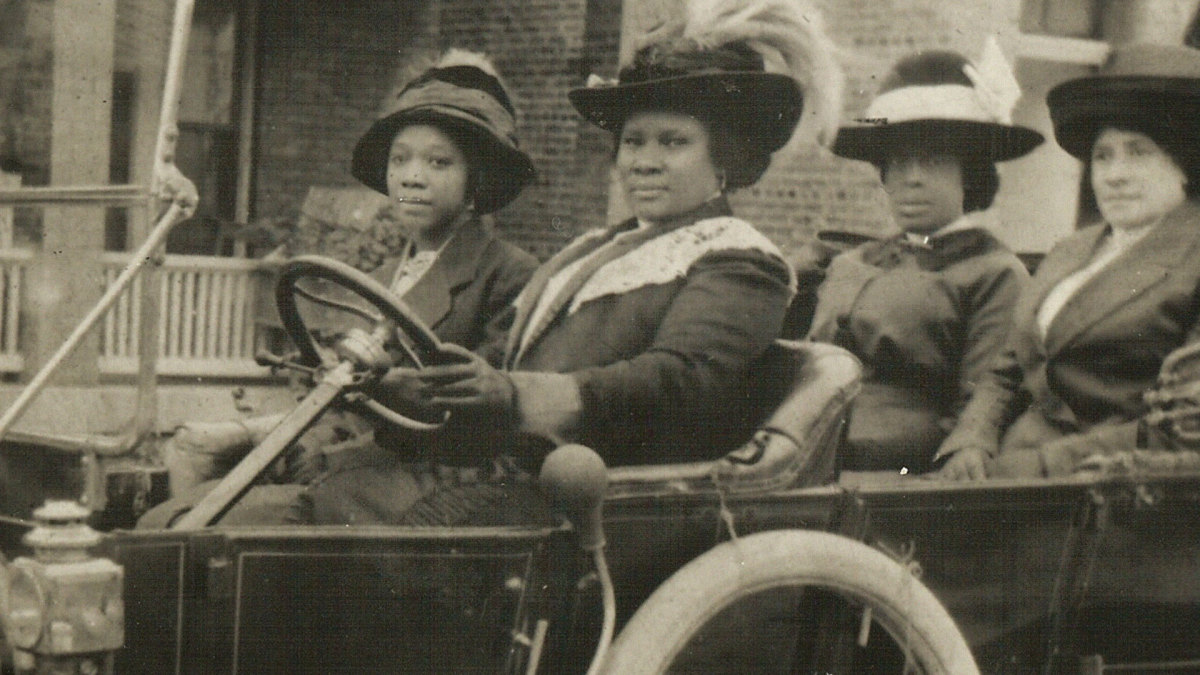

Madam C.J. Walker, born Sarah Breedlove, was an African American entrepreneur, philanthropist, and civil rights activist who overcame great hardship in her early life to become one of the most successful and respected figures of her time.
Madam Walker was born in 1867 in Louisiana, the daughter of former slaves. Despite the end of slavery, she and her family faced severe poverty and discrimination in the years that followed. Despite these challenges, Madam Walker was determined to improve her life and worked tirelessly to achieve her goals.
Madam Walker began working as a washerwoman and cook at the age of 14 to support her family. She married at the age of 20 and had a daughter, but was widowed by the age of 27. She then moved to St. Louis, Missouri, where she worked as a sales agent for various hair care products.
In 1905, Madam Walker developed her own line of hair care products specifically for African American hair, and began to sell them door-to-door. She quickly found success and established her own manufacturing and distribution company, Madam C.J. Walker Manufacturing Company.
Madam Walker's business continued to grow, and she soon expanded her operations to other cities, including Denver, Pittsburgh, and Indianapolis, and eventually established a factory in Indianapolis. She also opened beauty schools to train other African American women to become "Madam Walker hair culturists."
Madam Walker's contributions to society were recognized by many organizations and awards. She was appointed as a member of the National Association of Colored Women (NACW) in 1910 and became a member of the National Association for the Advancement of Colored People (NAACP) in 1919. She also donated large sums of money to various philanthropic causes, including the YMCA and the NAACP.
Madam Walker's life and work have inspired countless other African American women to pursue careers in business and entrepreneurship. She is considered as one of the most successful self-made female entrepreneurs of all time. Her legacy continues to be celebrated today, as an example of what can be achieved through hard work, determination, and a passion for innovation.
Black Wall Street Thrived
How the greatest black community thrived before its dismantling
Black Wall Street, also known as Greenwood Avenue in Tulsa, Oklahoma, was a bustling hub of African American-owned businesses during the early 20th century. It was a thriving community that served as a model for other African American business districts across the country.
One of the key factors that contributed to the success of Black Wall Street was the strong sense of community that existed among its residents. Despite facing widespread discrimination and segregation, the people of Greenwood Avenue were able to come together and support one another's businesses. This sense of community was not just limited to the business owners, but extended to the consumers as well, who made a conscious effort to shop at and support their neighbors' businesses.
Another factor that contributed to the success of Black Wall Street was the high level of innovation that was present within the community. Many of the businesses on Greenwood Avenue were able to thrive because they were able to offer unique products or services that their competitors could not. For example, the Dreamland Theater was the first movie theater in the city to show "race films," which were specifically made for African American audiences. These films were a hit and helped to drive business to the Dreamland Theater.
Additionally, the businesses on Black Wall Street were able to form strong partnerships with each other, which allowed them to pool their resources and work together to create a more competitive market. This was especially important for businesses that faced discrimination from their white counterparts, as it allowed them to build a strong and self-sufficient community that was able to withstand economic challenges.
Overall, Black Wall Street was a remarkable example of the power of innovation and community in the face of adversity. Despite facing widespread discrimination and segregation, the businesses on Greenwood Avenue were able to thrive and become a model for other African American business districts across the country.
Learn to use ChatGPT like a Pro!
download a PDF on how to use ChatGPT for your own interest by clicking button below
To download the PDF for FREE individuals must pass human verification. Simply complete an offer after clicking the button to unlock the offer. If you complete an offer and page does not download automatically, refresh your page.




Like this? Leave a comment and share!